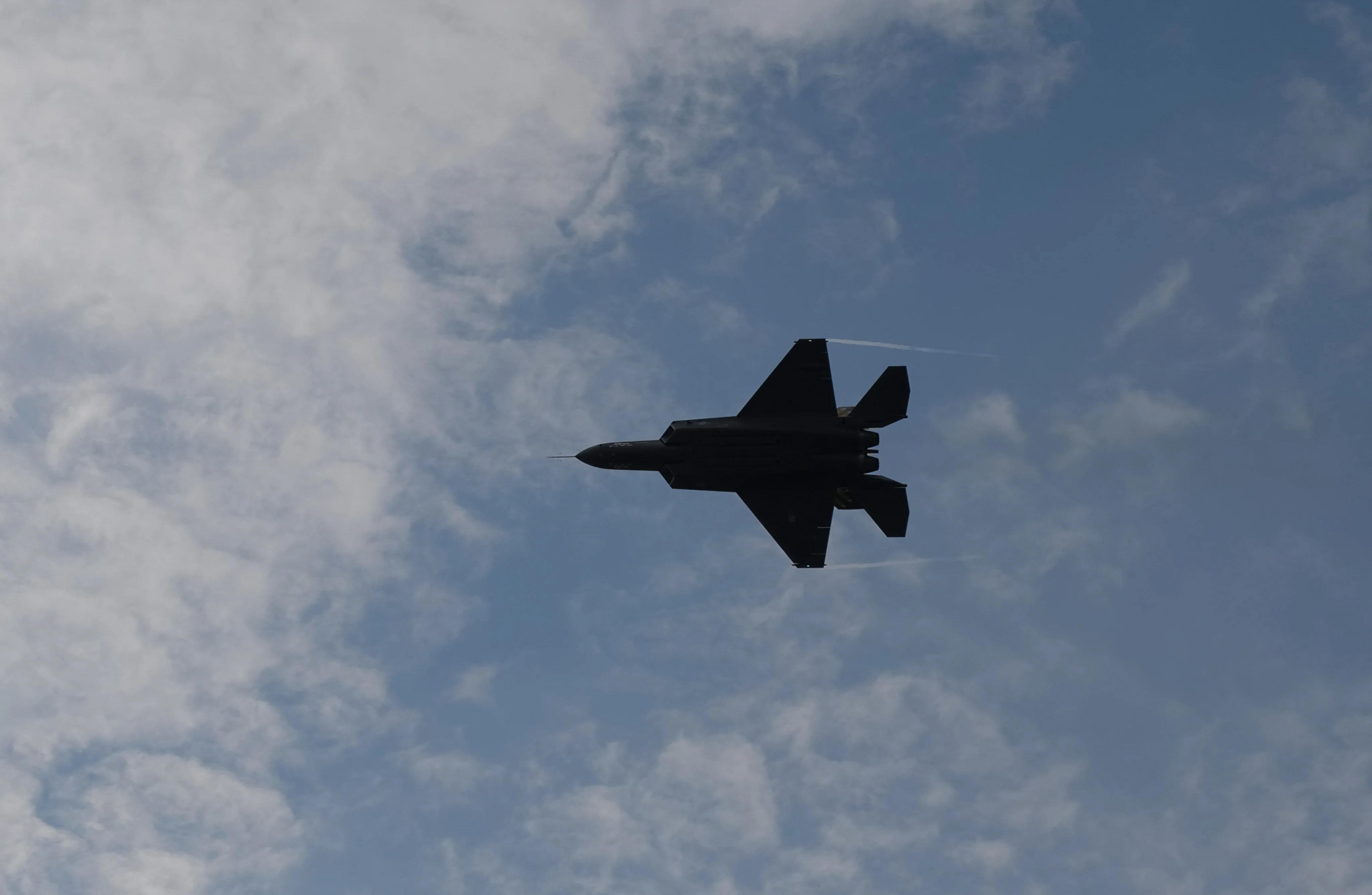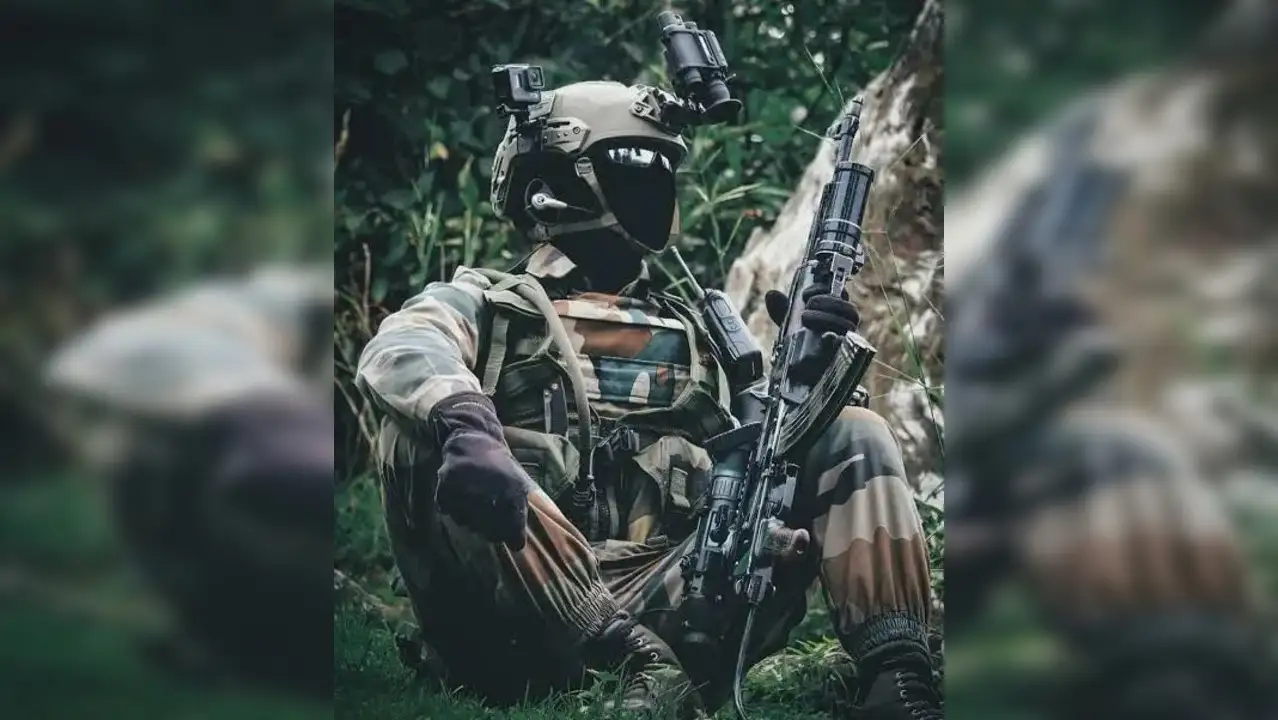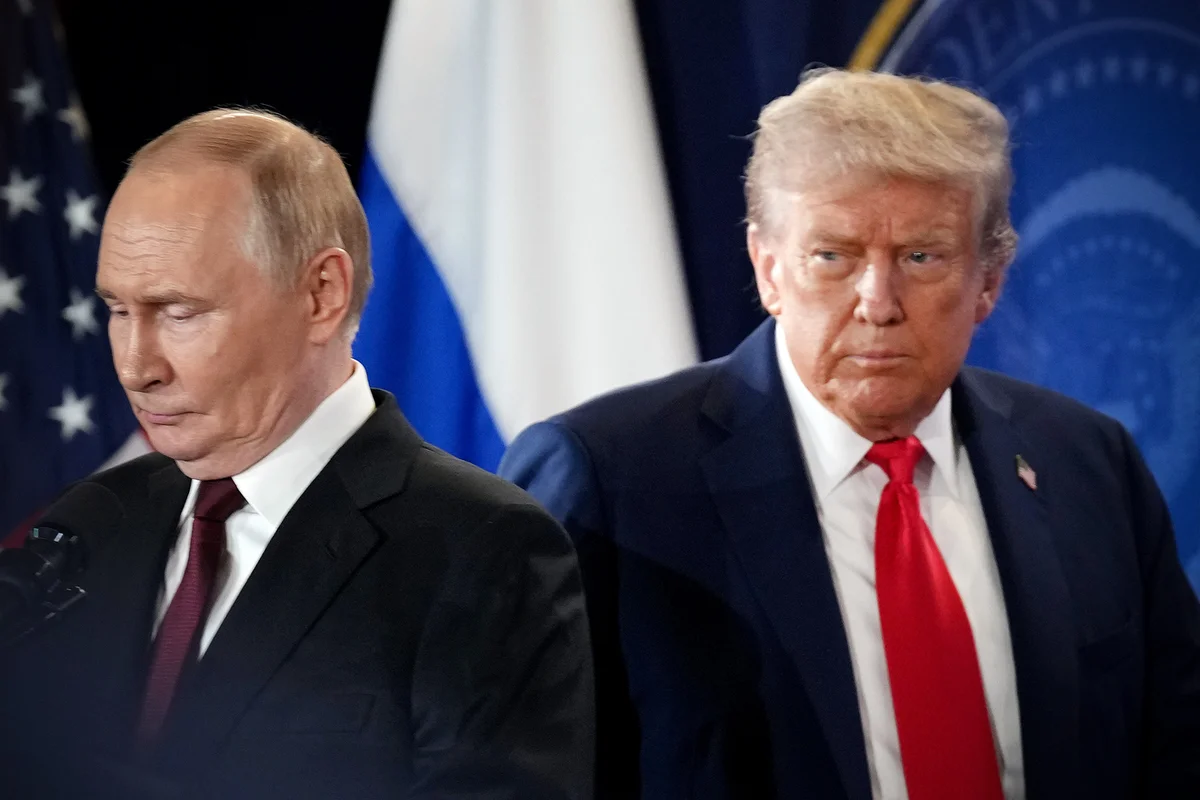Copyright scmp

South Korea’s leading aircraft manufacturer has said it is in talks with the Philippines for more deals following an aerial show featuring the prowess of one of its newest multirole fighter jets near Seoul last week. Spectators filled the Seoul Air Base in Seongnam in Gyeonggi Province for the Seoul International Aerospace & Defence Exhibition 2025, with the Republic of Korea Air Force showcasing the capabilities of the KF-21 Boramae, developed by Korea Aerospace Industries (KAI), over the skies of the event area on October 19. A Philippine delegation was among the attendees at the five-day event. The 4.5-generation fighter Boramae, meaning “hawk” in Korean, is expected to rival China’s J10 and FC31 fighters in markets such as Asia, Africa and the Middle East, and is set to enter service by the end of next year. KAI also brought out its Light Armed Helicopter, the FA-50 light combat jets and the KUH-1 Surion helicopter. During the event, Park Seonhee, KAI’s senior manager for international business development (Asia), confirmed the company was in talks with the Philippines on further potential acquisitions. “We value the Philippine Air Force – they already operate the FA-50 and recently ordered additional units. We are committed to supporting them in strengthening their capabilities. Their actual combat experience also serves as a strong reference that can be promoted to other countries,” Park told This Week in Asia. KAI has been the primary supplier of the Philippine Air Force’s aircraft fleet, with 12 FA-50 fighter jets in service since 2014 after a purchase by Manila. Earlier this year, the Philippines also signed a deal for 12 more upgraded FA-50 fighter jets. KAI’s performance record is exceptional, according to Daeseo Park, a retired South Korean Air Force colonel who now serves as an expert adviser for KAI’s global business division. “Our strong point is that we can keep the operational rate anytime more than 85 per cent. That means if something happens, then your FA-50 is ready to fight anytime, anywhere,” Park said. Regional arms demand Vincent Kyle Parada, Emerging Leaders Fellow at FACTS Asia and a former defence analyst for the Philippine Navy, said arms demand spurred by ongoing military modernisation programmes in the region had opened up opportunities for South Korea’s export-oriented defence industry, especially among middle-power states. In Southeast Asia, for example, he said regional acquisition trends saw countries such as Indonesia and the Philippines become leading customers of South Korean air and naval equipment. “This is largely due to several reasons. They’re generally seen as reliable despite their lower cost relative to Western manufacturers. Because they’re nearer, South Korean manufacturers can provide significant after-sales service support to regional clients, including tech transfers,” Parada told This Week in Asia. “They’re already interoperable with a lot of clients’ legacy systems as well as their allies. And compared to other major exporters [from the West or China], there’s simply less political and geostrategic risk in dealing with them.” Muhammad Faizal Abdul Rahman, a research fellow at the S. Rajaratnam School of International Studies in Singapore, said volatile geopolitics meant Asian countries prioritised national security and deterrence building. “The sale of hardware like fighter jets is a practical way of strengthening political alignment between Asian countries that share the same military threats and are part of a network of allies,” he said. In June, Philippine Air Force spokeswoman Colonel Major Consuelo Castillo told reporters a proposed acquisition of multi-role jet fighters was still pending despite the need for an expansion of the country’s squadron. Castillo clarified that the FA-50s and multirole fighters served distinct yet complementary roles in strengthening the Air Force’s overall capabilities, stressing that acquiring multirole fighter jets remained one of the military’s top priorities. “In spite of these 12 additional FA-50s, we would still need more fighter aircraft because we have a very wide archipelagic area to protect and monitor. So far, there are no changes regarding the proposal for multi-role jet fighters,” Castillo said. Chester Cabalza, president of the Manila-based think tank International Development and Security Cooperation, pointed out that Manila elevated its bilateral ties with Seoul in October last year to a strategic partnership, which extended to technology transfer and arms sales. He said the purchase of additional FA-50s would strengthen the reliability and capability of the partnership. They are also a source of pride for Filipino military pilots, as South Korea has commended their combat proficiency in operating the multirole fighter jets – a key asset for the Philippines given its expanded focus on external defence missions, according to Cabalza. “There are various factors in the preference for the purchase of the FA-50. The PAF is looking for the affordability and durability of the jets. Although the FA-50 is also expensive, Manila is committed to a wider perspective to achieve military modernisation on a full scale.” Separately, in March, the US State Department approved Manila’s request to buy 20 F-16 multi-role fighter jets for US$5.5 billion. Last month, Manila said its plan to acquire 20 F-16 fighter jets from the US was on hold due to funding constraints, but efforts were in progress to secure the budget for them. Philippine Ambassador to Washington Jose Manuel Romualdez said then that there was “good indication” that Manila would get the funding allotted by the US Congress to pursue its defence capacity building. “We will continue to pursue that – we’re just waiting in Washington [to see] what the next steps are that we’ll be taking as far as that is concerned.”



